By Federico García Barba
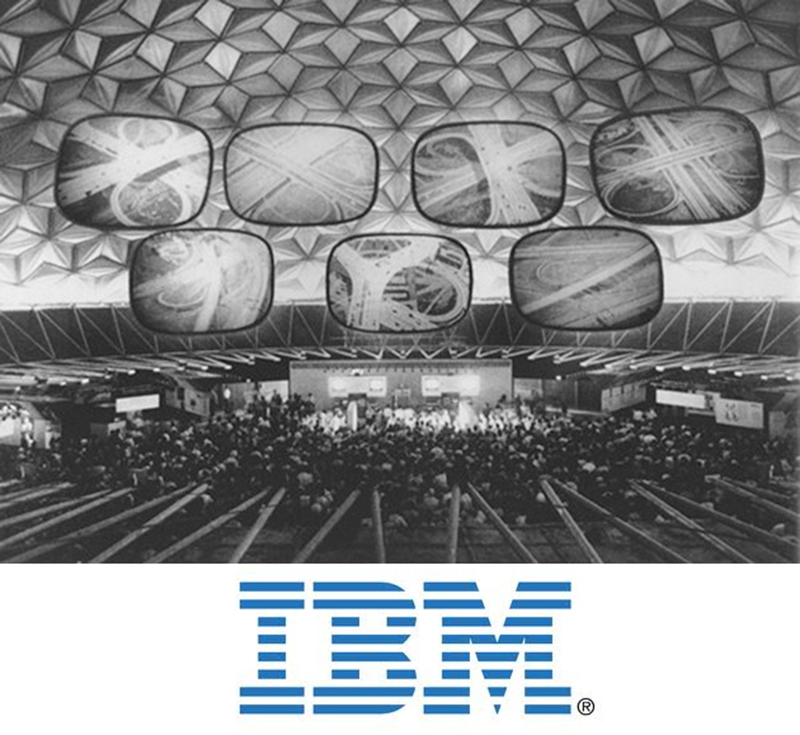 Inside the IBM Pavilion at the World Fair in New York. Eeero Saarinen and Charles Eames, 1964
Inside the IBM Pavilion at the World Fair in New York. Eeero Saarinen and Charles Eames, 1964
The latest evolution of capitalism has made the architecture to be integrated as a substantial part of the marketing efforts of those companies and cities trying to expand its image on the planet. Building global brands is supported by extensive efforts to accurately define both his physical as verbal and visual. The architecture has been well integrated into one of the categories of effort branding.
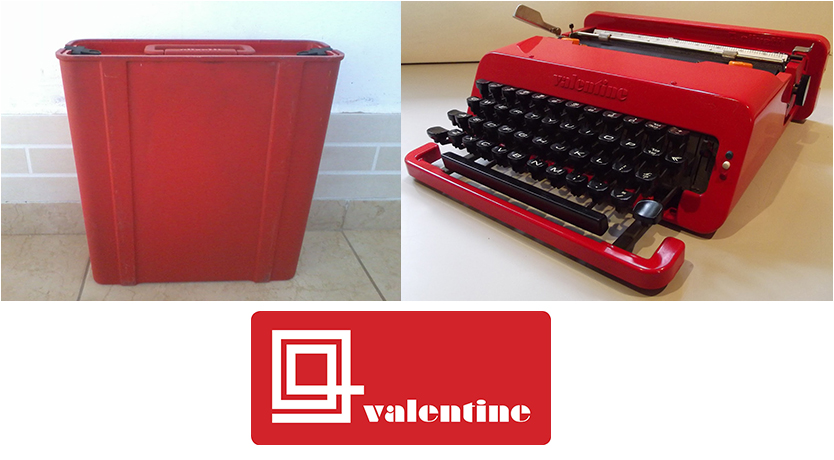 Design Valentina typewriter for Olivetti. Ettore Sottsas, 1969
Design Valentina typewriter for Olivetti. Ettore Sottsas, 1969
It's in the first half of the twentieth century when there is the association of the industrial production of goods to the generation of brands that represent. In many countries, but mostly in North America, perceived the potential of the brand as an intangible promise about the qualities of a product or service that is maintained over time. The brand is so essential for the experience of consumption in contemporary society. But the brand associated with the products and services are built on a variety of platforms, visual, narratives and, also architectural.
The case of the brand Olivetti is essential to understand the association between architecture, brands and advertising. Adriano Olivetti was an exceptional person who would throughout his life many facets. Their diverse efforts as editor, writer, businessman and politician would lead him to be an essential piece of industrial renaissance of contemporary Italy. This Piedmontese, strongly concerned about the social and communist ideas, Cardinal publish a book to understand his thinking "The political order of the community”. The publication of 1945, express their convictions about the need to improve the living conditions of the working class in all respects, coming to propose a complete redefinition of the state in which the center of the political organization should be the community, understood as a territorial unit of the Region precise contours geográficos.
Indirectly, its extensive and varied concerns lead to this entrepreneur Italian to achieve their city mayor, Ivrea, a small town near Turin; so, and subsequently win a record as Senator of the Italian Republic. And Ivrea, would lead to early 50, conformation Urban Plan Regulatore Piedmontese city. At that time, finances and also the prestigious magazine relaunches Urban, devoted to reflection on territorial and urban planning. A publication focused on spatial experience carried out within the country at all levels.
Olivetti maintain close liaison with industrial designers and architects, still the same one lucky and inventive creator. To imagine their products, Ivrea the company would have gifted designers such as Nizzoli, Bonfante y Ettore Sottsass. Around it are grouped architects also essential to Italian contemporary architecture as Gardella, Bigini the Pollini, Gabetti and Isola.
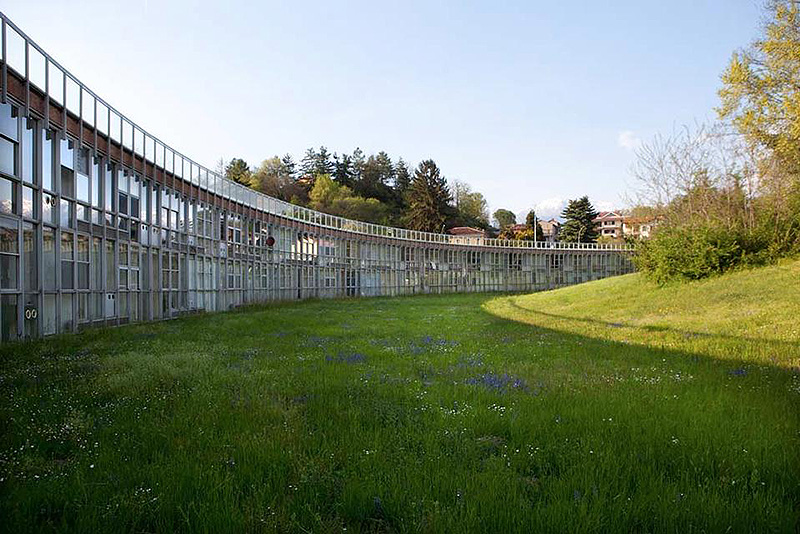 Residential building in the complex Olivetti in Ivrea. Roberto Gabetti y Aimaro Isola, 1971. Image: Francesco Mattuzzi, Domusweb.it
Residential building in the complex Olivetti in Ivrea. Roberto Gabetti y Aimaro Isola, 1971. Image: Francesco Mattuzzi, Domusweb.it
Even a misanthrope as Carlo Scarpa receive some orders Olivetti point. Scarpa would also bring with it their undeniable talent to the greatness of the Italian brand when designing the small Showroom that the company built in the arcades of the Piazza San Marco in Venice. An exquisite piece of architecture in which the shape of your logo and business logo and acquire pregnancy are integrated within the creative exuberance of the Italian master,
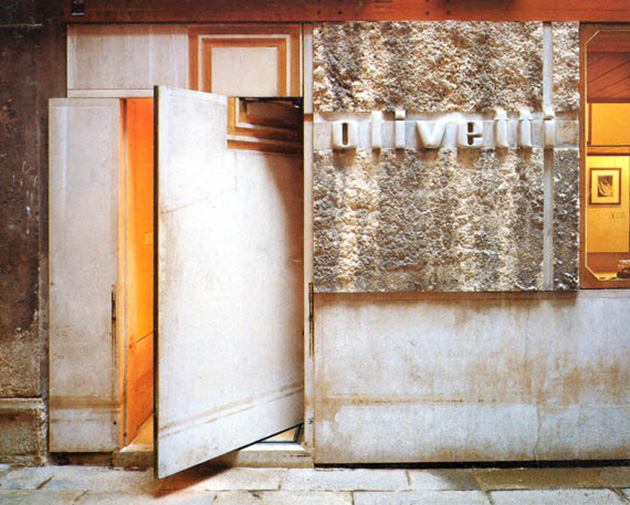 Storefront Olivetti in Venice. Carlo Scarpa, 1958
Storefront Olivetti in Venice. Carlo Scarpa, 1958
The enlargement of the Olivetti factory in Ivrea projected by Luigi and Gino Pollini Figini 1937 would open a period of intense collaboration between the employer and the Italian rationalist architects. A few decades in which buildings would generate great interest as the Canteen Ignazio Gardella de de 1959 o la Residential business Unita Ovest de Gabetti and Isola de 1971, a Crescent contemporary great sensitivity to the surrounding landscape.
Adriano Olivetti represents the genius to conceive the design as an essential part of the experience in the use of objects and, fundamentally, as the basis for the overall improvement of the living conditions of the population. His efforts to generate a sophisticated global brand based on the vast culture treasured in his country would end up being a paradigm for entrepreneurs and designers of contemporary brands. The strategic approach is designed with the exalted company products Apple, for example, is a direct descendant of Olivetti begin to approach mid-twentieth century.
Olivetti's fame and industrial designs great formal beauty, that properly represents Valentina typewriter, trascenderían Italy and even Europe. Olivetti reach global status and sale of their products spread across the world. So much so that his leadership became a powerful influence multinational like IBM that have the Italian brand as an essential reference to late 50 in implementing corporate marketing ideas.
The Finnish American architect Eero Saarinen ancestors would be a cornerstone in the development of this American perception of architecture as an essential element in building corporate brands. Under his responsibility would be built in the decade of the 60 a number of representative buildings of booming American corporations. Its, for example, IBM pavilion at the World's Fair 1964, the passenger terminal of the airline TWA and the corporate headquarters of the CBS television.
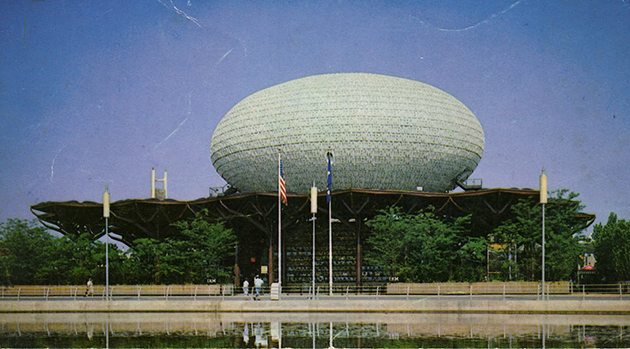 Outside IBM Pavilion at the World Fair in New York. Eero Saarinen and Charles Eames, 1964
Outside IBM Pavilion at the World Fair in New York. Eero Saarinen and Charles Eames, 1964
When late 50 twentieth century, IBM decides to tackle the redefinition of its corporate brand as a global concept architecture begins to take a role. Under the direction of Thomas J. Watson Jr., International Business Machines address an empowerment strategy where architecture would mark an important role. Besides the redefinition of their logos, commercials and advertising anagrams creative work of the great Paul Rand, Watson redefining marketing extend the order to leading architects and designers formalize both products, as the interior design of their offices and representative buildings. Elements that would add a new aesthetics and overall functionality to IBM, in terms of the reinforcement and the joint presence in all business-related activities.
This was reflected very clearly in the way that their managers address the definition of the company pavilion for the World Fair to be held in New York in 1964. The commission would receive the equipment that would form Eero Saarinen and Charles Eames for that purpose. Both would raise the building and its contents on a "non architectural", understood that as the attenuation of the strength, a search for the dematerialization of space and fluidity. It would generate an unforgettable immersive experience, applied science related. And, thereby, IBM stimulate image as a company that investigates and sees the future of technology. The lightweight floating egg, whose tone is confused with white clouds, while bearing the logo on its walls as a decorative pattern repeated ad infinitum, achieved reflect that spirit sought advanced technological immateriality.
Saarinen's architecture contribute even more to the corporate identity of other brands such as CBS and TWA, for which build buildings that are an essential part of twentieth century architecture. New York as global urban concept can not be understood without visiting the terminal this would project architect for Trans World Airlines at the airport J.F. Kennedy in the early years 60.
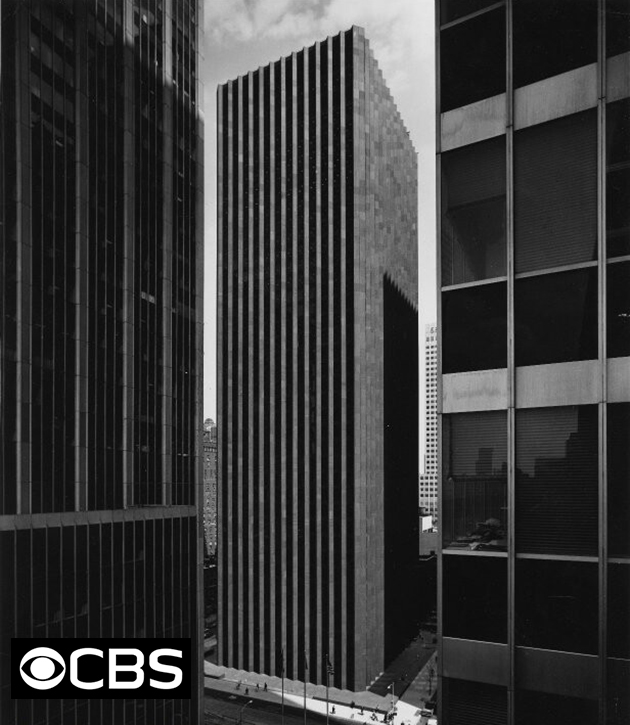 Head CBS television company in New York. Eeero Saarinen, 1965. Below left the corporate logotivo designed by William Golden in 1951
Head CBS television company in New York. Eeero Saarinen, 1965. Below left the corporate logotivo designed by William Golden in 1951
In the decades following, divergent interests and the general trend in most global brands belonging to transnational companies would wipe products and services that intense interest in architecture as a design element that enhances the corporate image. Nowadays, the headquarters of companies recognized as Microsoft or Apple are the result of fairly nondescript architectural proposals. Urban compositions for administration and technological design in which functionality and the resulting spaces intended to go unnoticed while supposedly rests a cozy character.
However, in recent years, the brand concept has been extended to many other facets beyond the mere consumption of commodified objects and services. The use of identifiable brands has begun to also be used for the explanation of the differential qualities related to cities and countries in an article 2009 qualified Making cities, and made a reflection of this new extension of advertising. Because of this, description and geographical location of the territories have also been used to implementing global branding techniques. The expressive territorial markings of places are busy building unrepeatable qualities in the competition for the attraction of global tourism experiences, Sports, etc.. Using simple descriptive visual signs and trying to integrate a coherent narrative of urban attractions and landscapes to support and economic improvement of the geographical regions in constant struggle investments and increasingly scarce resources.
In that vein, that's the way they bring the emblematic buildings difference adding charisma and I extend a planning concept which has already spread to the different parts that make up the geographic regions most dynamic of today. The incorporation of the architecture to large global events has added luster to the enormous effort to generate urban appeal involving Olympics, Universal Exhibitions, etc..
![]() Architectural icons Barcelona Olympics 1992: Telecommunications Tower Santiago Calatrava, The Standard Mast Collserola Foster and skyscrapers of the Olympic Village. Beside them, Olympic mascot, Coby designed by Javier Mariscal 1988.
Architectural icons Barcelona Olympics 1992: Telecommunications Tower Santiago Calatrava, The Standard Mast Collserola Foster and skyscrapers of the Olympic Village. Beside them, Olympic mascot, Coby designed by Javier Mariscal 1988.
The call Barcelona model are paradigmatic in this regard. An intense urban thought process end up materializing in the late eighties with the celebration of the Olympics. The Barcelona brand 92 would be strengthened by all types of marketing techniques and advertising urban condensed his image being carefree and "Mediterranean" in the figure of Coby, mascot designed by Javier Mariscal.
Also some global brands and business services have recovered the symbolic nature of the extravagant architecture and also to strengthen its international presence. Buildings such as the famous Gherkin (o pepinillo), London headquarters of the Insurer Swiss Re in the City of London, exemplify this return of transnational corporations consumption of modern architecture.
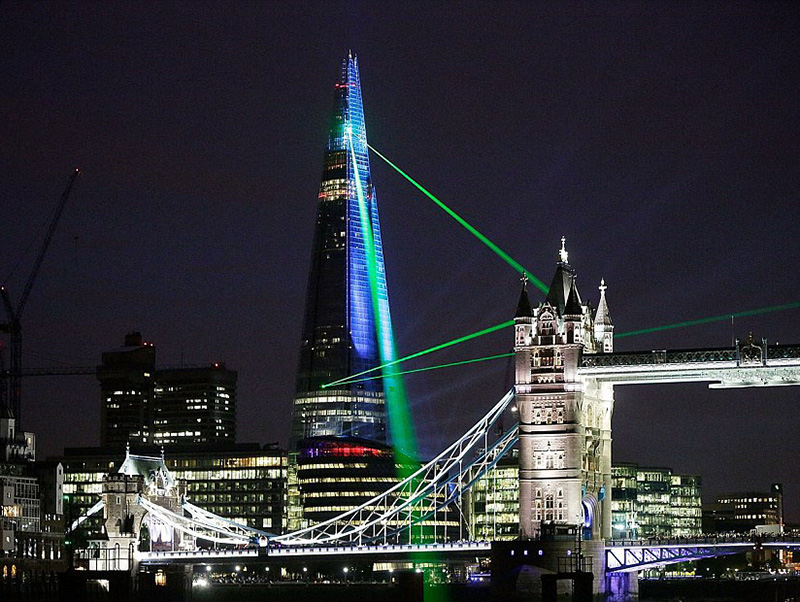 The presence of the tower malefic Shard on the night of the City of London. Renzo Piano, 2012
The presence of the tower malefic Shard on the night of the City of London. Renzo Piano, 2012
In such cases, brands try to appropriate the imagery of the most representative and comprehensive. They look like a kind of synergy between architecture as a global city, iconic scenery as concentration of economic power. Sometimes with negative results as happened recently with another building in London, called The Shard (Casco). Designed by Renzo Piano casts a sinister image that has come to be linked to the international crisis following the housing bubble and the harmful role of the City of London as a financial center that contributes to enhancing economic disaster. For popular imagery, Global banks are concentrated there, have become the villains in this tragedy.
Even, the architects have played this set of marks Global, organized around their people to the way of media entertainment stars. For this, has become quite a professional broadcast exclusive market concentrated around architectural awards, biennials and exhibitions, along with many professional journals. Certain architects devote enormous efforts to direct courtship that whole media ecosystem, which also includes schools and prestigious universities- seeking to achieve global relevance purchase. And after that, customers. Today the PR department (Public Relations) is an essential piece of the big architectural offices, those with aspirations of global presence. Control is an idea of personal branding that was already emerging in the commitment of Le Corbusier when he headed the same publication of much of his work in eight volumes, the call Open Full. A highly visual collection of architectural books published in collaboration with Swiss publisher Birkhäuser. The appearance of the architects in mass media is the ultimate expression of this desire for notoriety, as exemplified specific covers some American magazines, como Time y New York Times Magazine, logradas by Philip Johnson 1979 and Jacques Herzog 1998, respectively.
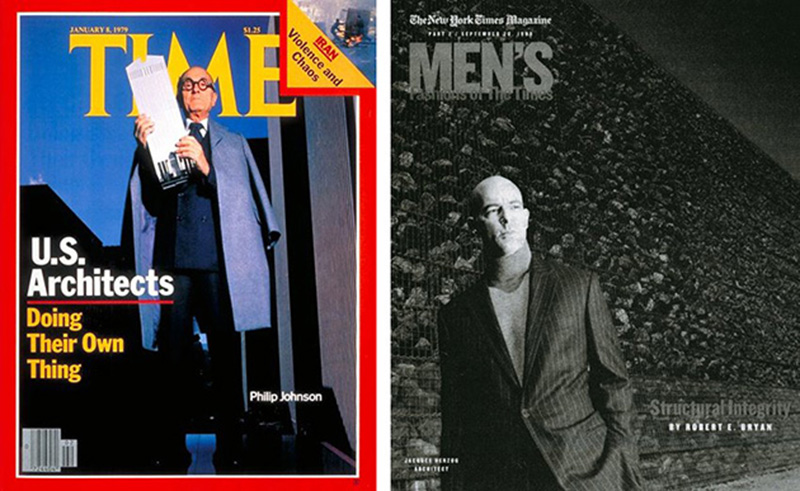 All this has mutated to the spread of the Internet and endless disintegration in communication channels. However, the complex world to incite even more powerful to use all available resources at its disposal to achieve excel in the ruthless competition in the markets, to hunt for customers and consumers.
All this has mutated to the spread of the Internet and endless disintegration in communication channels. However, the complex world to incite even more powerful to use all available resources at its disposal to achieve excel in the ruthless competition in the markets, to hunt for customers and consumers.



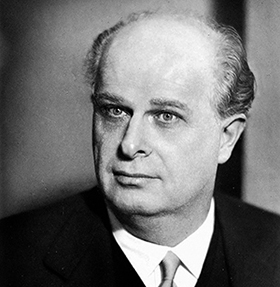

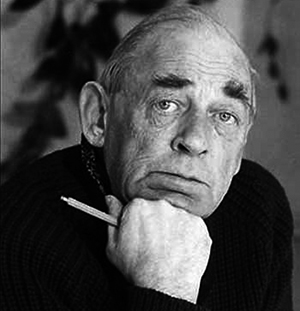

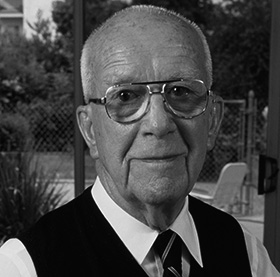
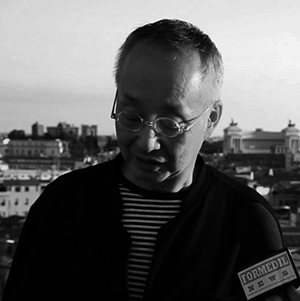
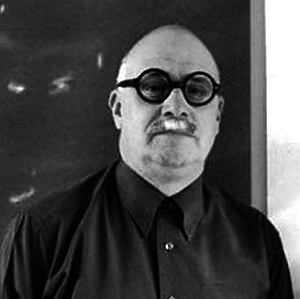
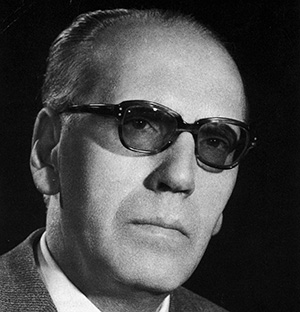
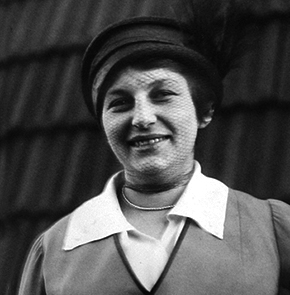
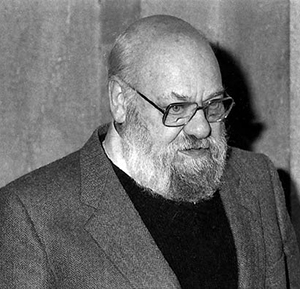


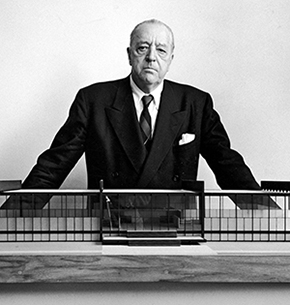

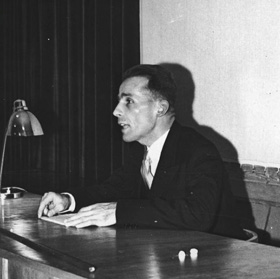
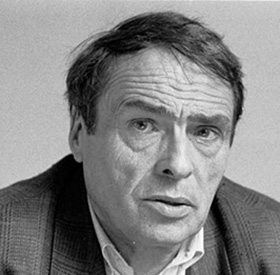
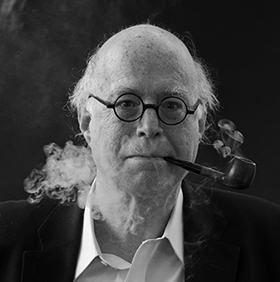
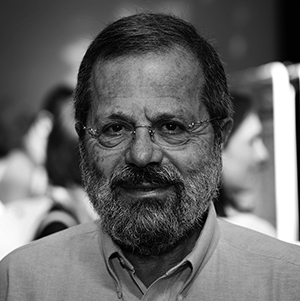



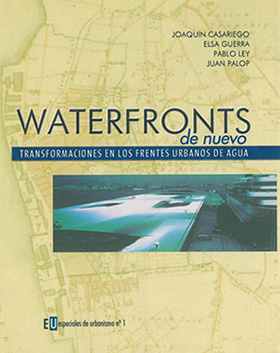




[...] Fairs in New York and Moscow, both held in 1954. The first was a very prominent pavilion sponsored by IBM and designed by Saarinen and Charles and Ray Eames. There thus emerges the vision of architecture as [...]